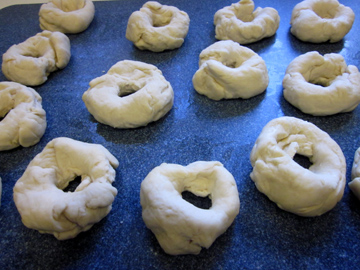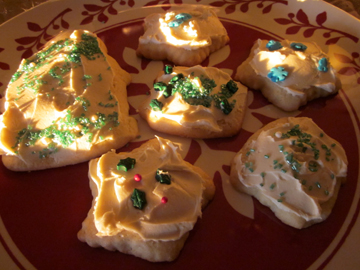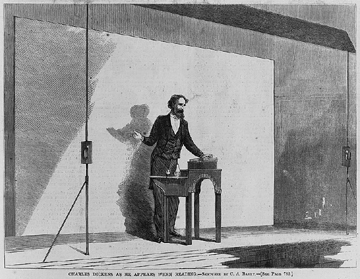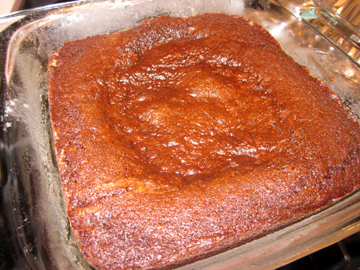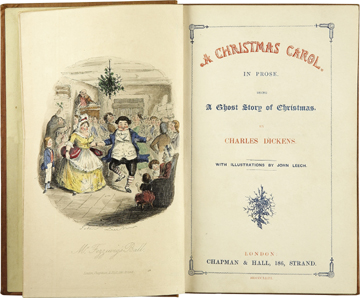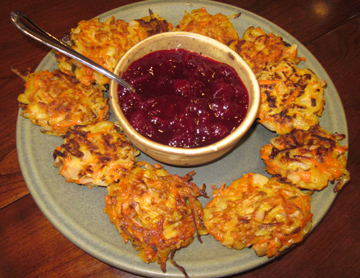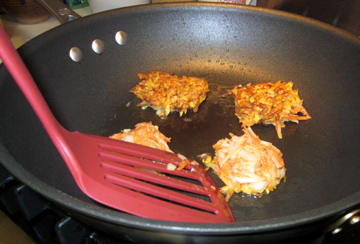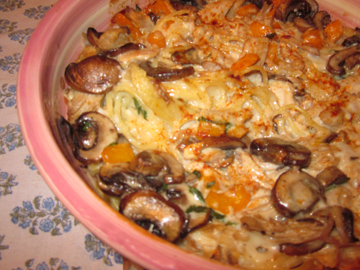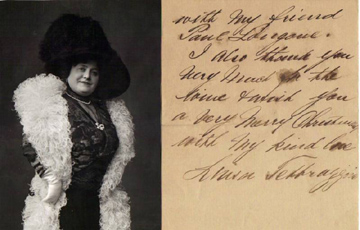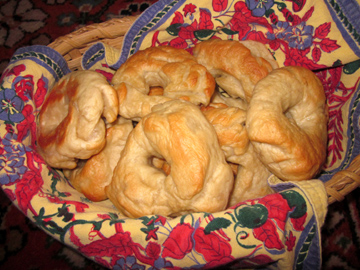
Tomorrow, December 11, is National Eat a Bagel Day.
I spent much of my childhood in New Jersey, where finding a decent bagel was never a problem. I now realize that I was spoiled by the bakeries of my youth.
In my current haunts—western Massachusetts and northern Virginia—bagels are much harder to come by.
The other day I recalled that when I was a teenager living in India another American expatriate, Jane Abel, used to make her own bagels. (She made her own gefilte fish, too, but I’m not that brave!)
I decided to ask Jane for her bagel recipe.
Unfortunately, Jane has been back in the U.S. long enough to have lost her magic bagel formula. She did send me another recipe to try. She said it looked similar to the one she remembered.
The bagels I made looked far from perfect. Frankly, my shaping skills need a lot of work. The end products tasted much better than the bread-like substances that often masquerade as bagels, however.
As connoisseurs know, a true bagel is twice cooked—first boiled and then baked. Think of it as a baked dumpling. The double cooking creates a firm crust and a chewy interior.
These are indeed true bagels. If they look a little odd, please blame the cook and not the recipe. Actually, my friend Deb thinks I should call them “Bagels Rustica” and pretend I WANTED them to look this way!
The only change I might make another time (other than getting someone more talented to shape the darn things) would be to halve the sugar in the dough. These bagels are a tad sweet.
My nephew Michael was home sick from school yesterday and was thus able to sample a bite of bagel when the first batch emerged from the oven. He pronounced the bagels “awesome.”
They are best eaten fresh and warm with a dab of butter, but they are also terrific toasted the next day and smeared/schmeared with cream cheese.
Ingredients:
4-1/4 cups bread flour
2 packages instant (rapid-rise) yeast
4 tablespoons raw sugar
1 tablespoon salt
1-1/2 cups lukewarm water
Instructions:
In a mixing bowl stir together 1-1/2 cups of the flour and the yeast.
In a separate bowl combine 2 tablespoons of the sugar (you will use the other 2 tablespoons later), the salt, and the water.
Stir the water mixture into the flour and yeast. Combine thoroughly at low speed on your electric mixer, scraping the sides of the bowl with a spatula from time to time.
Turn up the mixer and beat the mixture for 3 minutes.
Next comes the kneading. The bread flour makes the dough very stiff so if you have a dough hook on your mixer it is best to use it rather than knead by hand. In this case add all of the remaining flour. Mix on medium speed with the dough hook for 4 to 5 minutes, stopping from time to time to redistribute the dough.
You will have VERY stiff dough—but don’t worry; it will loosen up as it rises.
If you don’t have a dough hook, add the remaining flour gradually as you knead. Kneading by hand will take 8 to 10 minutes. Again, expect very stiff dough.
Place the dough in a greased bowl, cover it with a damp dish towel, and let it rise in a relatively warm place until it puffs up a bit, 1 to 1-1/2 hours.
Divide the dough into 12 (I actually had 14) small balls, and roll them as smoothly as you can. This is not my specialty so my balls—and my bagels–were ragged. If you are good with shaping, however, you’ll do better than I did!
Use your index finger to poke a hole in the center of each ball. Gently work to make the center a bit bigger—the bagels tend to close up as they cook—and smooth the rounds into bagel shapes.
Cover the bagels again and let them rise for at least 1/2 hour.
Preheat the oven to 375 degrees. In a wide 8-quart pot bring 4 quarts of water to a boil, along with the remaining sugar.
Carefully place a few bagels in the boiling water. You should be able to boil at least 4 at a time. Not being a patient woman, I tried 7 at a time, which overcrowded them a bit so I don’t recommend it! The bagels expand as they boil.
Boil the bagels for 6 minutes, turning them with tongs halfway through; then drain them briefly and place them on a cookie sheet covered with parchment or a silicone baking mat.
Bake the bagels until they turn golden brown in spots, about 30 minutes. Repeat the boiling/baking process with your remaining bagels.
Makes 12 to 14 bagels.
